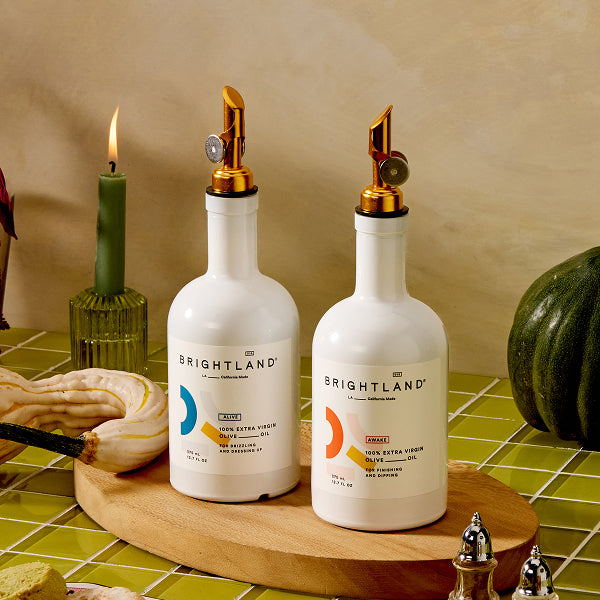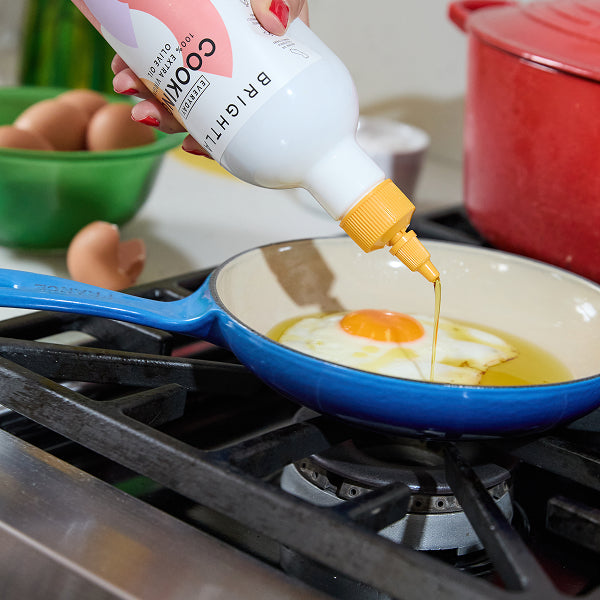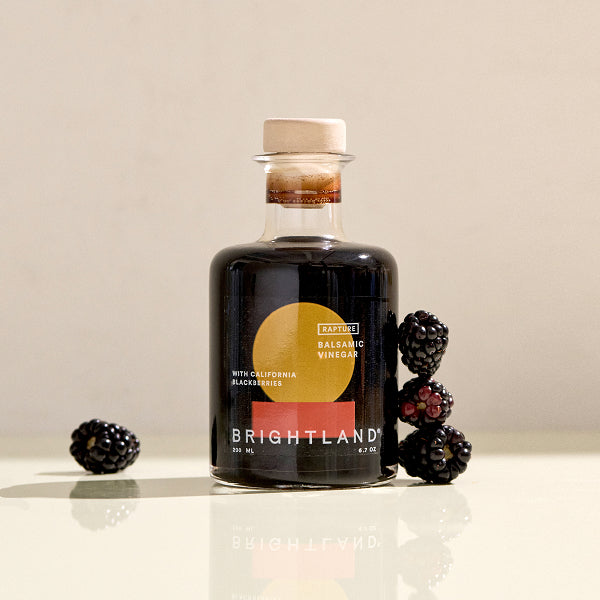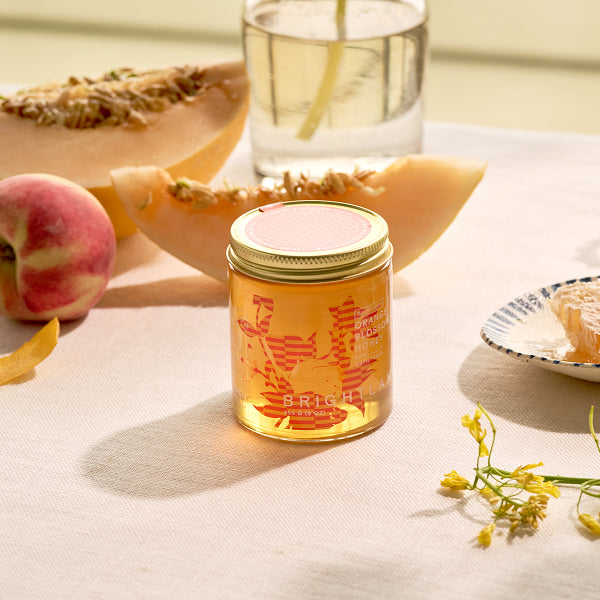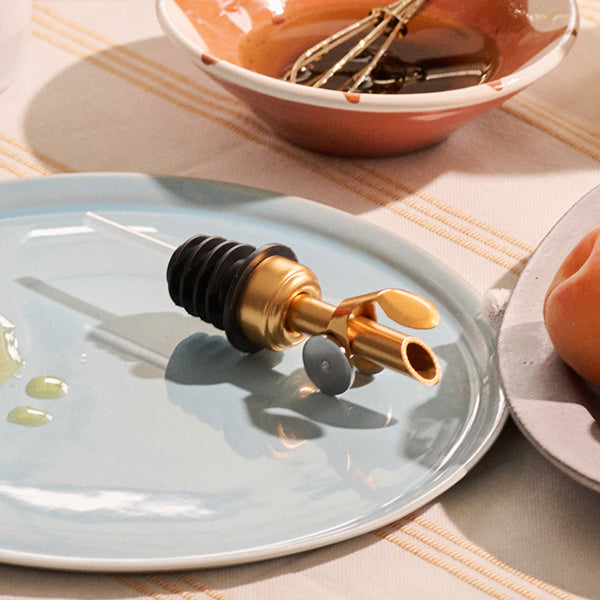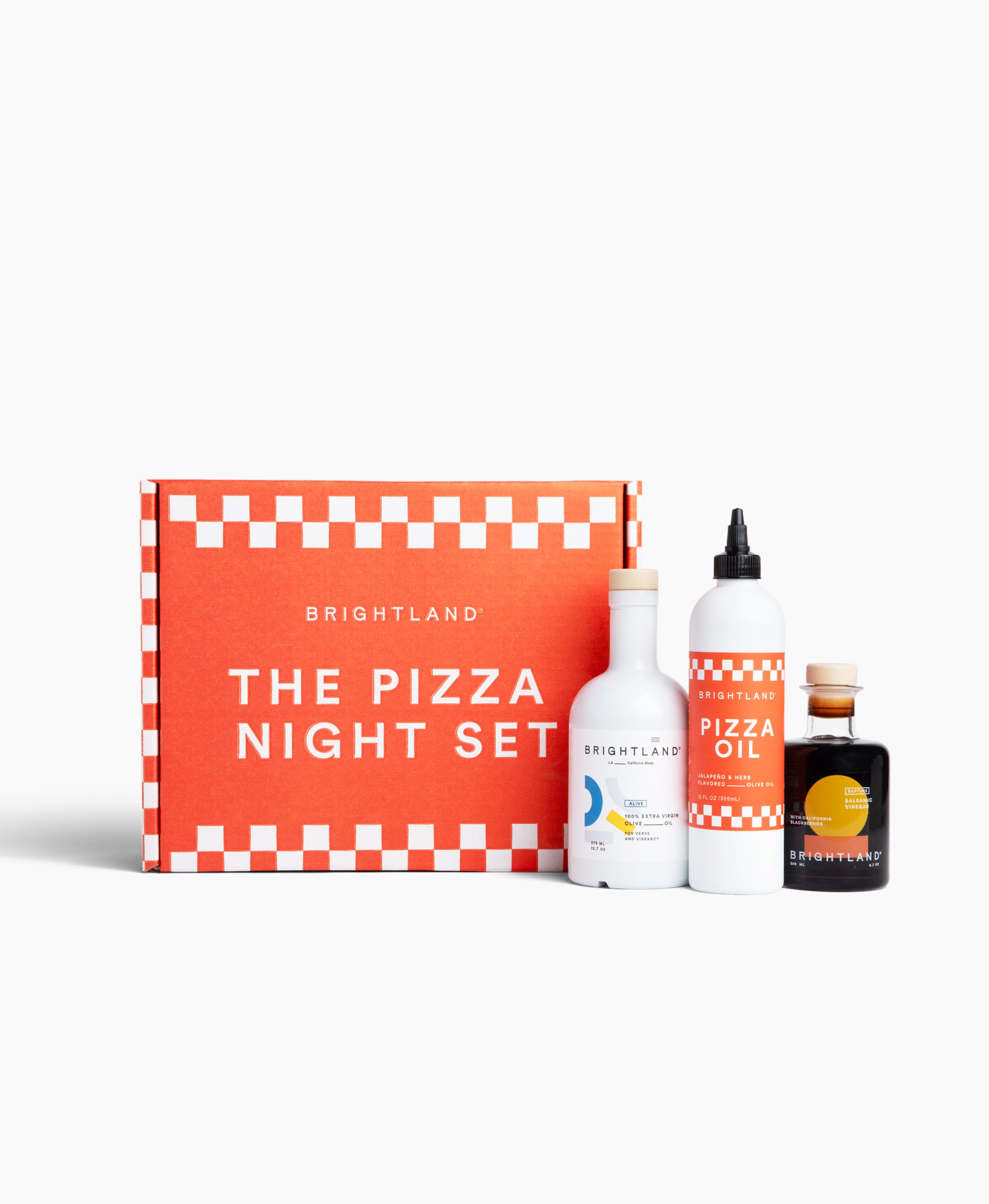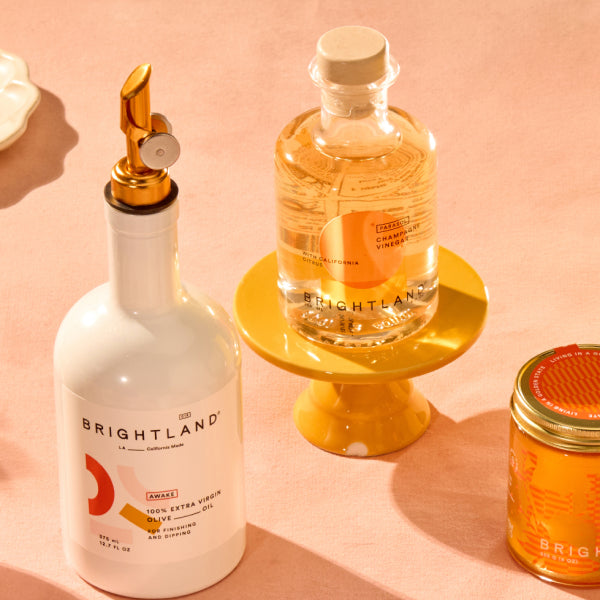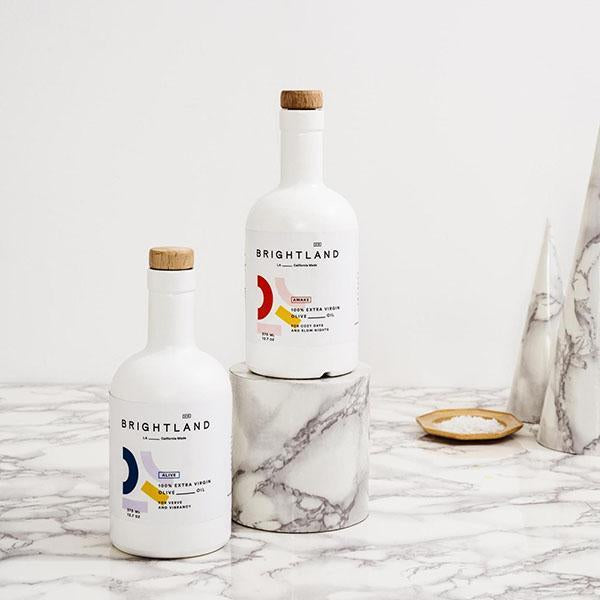
You know that you can cook with olive oil — but did you know that you can bake with it? You can bake cookies, bread, cakes and more with olive oil. Use olive oil as a substitute for other baking staples such as butter, or make it the star of the show with recipes specifically designed to showcase the distinct taste of olive oil. Below, we answer all your questions about baking with olive oil and offer suggestions for olive oil baking recipes.
[close type="rte"][open type="rte"]Can you substitute olive oil for butter?
Yes, you can substitute olive oil for butter in baking recipes — but only in certain cases. If the recipe calls for melted butter, then you can swap in any kind of cooking oil, including olive oil. However, liquid oil is not a substitute for recipes that call for creaming room temperature butter (such as cookies) or cutting cold butter directly into the batter (such as biscuits). Using a liquid oil of any kind in these recipes will mess with the texture of the resulting baked goods and throw off the cooking time as well.
[close type="rte"] [open type="images" count="1" small="true"]
When substituting olive oil for butter, keep in mind that the measurements for butter are meant for the solid form of butter, not the melted form. This is important because the solid form of butter takes up less volume than the melted form — in other words, two tablespoons of solid butter works out to less than two tablespoons of melted butter. When subbing in liquid oil for butter, use a 3:4 ratio, so you will need six tablespoons of oil for every eight tablespoons of butter the recipe calls for. Add too much oil and the batter will get too runny, so keep this ratio in mind when substituting olive oil for butter.
[close type="rte"] [open type="rte"]Does it matter what type of olive oil you use in baking?
It does matter what type of olive oil you use to bake with, just as it matters which type of olive oil you use to cook with. The higher quality the olive oil is, the better your final bake will be in terms of flavor, texture and consistency. This same logic applies to all ingredients you use to bake with and is the reason why many dedicated bakers invest in higher quality staple ingredients such as flour, sugar and eggs.
[close type="rte"] [open type="images" count="1" small="true"]
When shopping for olive oil to bake with, look for olive oil designated as “extra virgin.” In order to get this label, the olive oil should meet rigorous industry standards, though some manufacturers skirt these regulations. (To learn more about what the “extra virgin” olive oil really means and whether or not you are getting the quality that the label claims you are, check out our guide that breaks it down.)
Another reason to buy premium olive oil is that some poorer quality olive oils are cut with different types of oils to make them cheaper and adjust the flavor profile. At that point, you are not getting the full health and flavor benefits of olive oil, so you might as well just bake with canola or vegetable oil instead of substituting it with “fake” olive oil.
To ensure that you are truly getting the best quality olive oil, we recommend purchasing high-quality, extra virgin olive oil from California. Buying within the U.S. ensures that there is plenty of quality control and less steps in the process where the olive oil can be adulterated. In addition, olive oil from California is often certified by the California Olive Oil Council (COOC), which has very strict regulations ensuring that you get all the key characteristics of extra virgin olive oil. Buying olive oil from California also means that you are closer to the source of the olive oil, which means that it gets to you faster and will stay fresher for longer.
Speaking of the freshness, check the harvest date on every bottle of olive oil that you buy. This will ensure that you are getting the freshest olive possible and that it will not pass peak flavor before you use it all up. Many producers do not label their olive oils with harvest dates, so seek out brands that are more transparent about when their olive oil was harvested so you can ensure you are getting peak freshness.
[close type="rte"] [open type="images" count="1" small="true"]
Choosing an Olive Oil to Bake with
When baking, you need to consider not only the quality of the olive oil you choose, but also the flavor. Not all extra virgin olive oils have the same flavor. Depending on what types of olives are used to make the oil, it will have different flavor profiles which may or may not work with the rest of your recipe.
For example, our AWAKE olive oil is made with California Coratina olives, which result in an olive oil with a robust, peppery flavor. It works best for savory recipes as well as citrus-flavored baked goods.
Flavored olive oils can be used to add flavor to baked goods in addition to helping the batter achieve the right consistency. Using a flavored olive oil ensures that the flavors are distributed evenly throughout the batter, which can be more difficult when using zest or a very small amount of extracts. For instance, our LUCID lemon olive oil is the perfect way to add citrus flavor to your next baking project while still incorporating the depth of olive oil flavoring.
How to Grease Your Baking Pans with Olive Oil
In addition to putting olive oil in your batter, you can also use it to grease a baking pan in place of non-stick cooking spray. Many people try to avoid using these sprays because they contain additives that change the oil in order to allow it to spray without clogging the can’s mechanism. Because olive oil is so healthy, it is the perfect substitute for non-stick cooking spray. Simply pour some oil on a paper towel and wipe it all over the interior of the pan, being careful to get to every crevice. For an extra non-stick factor, sprinkle a little flour evenly over the pan and then tap out the excess. Grease the pan only a few minutes before baking for best results.
Benefits of Baking with Olive Oil
Baking with olive oil offers many quality and health benefits. For one, the excellent consistency of olive oil results in baked goods that have an even texture and good mouthfeel. And we already covered how the various types of olive oil can add flavor and depth to any recipe, including baked goods.
[close type="rte"] [open type="images" count="1" small="true"]
What we have not touched on is the many health benefits of olive oil. Olive oil is one of the healthiest oils for you and is an excellent choice for the conscious baker. Olive oil is full of beneficial fatty acids and powerful antioxidants that can help reduce inflammation. Because of its high polyunsaturated fat content, it is also resistant to oxidation at high temperatures, making it a good choice for baking as well as cooking. If you are looking for ways to bake healthier, adding olive oil into your baking staples is a good call.
Baking Recipes that Use Olive Oil
If you have never baked with olive oil, you might not know where to start. Here are five categories of olive oil baking recipes that you should definitely explore:
Focaccia Bread
Traditional focaccia bread is made with olive oil anyway, making it an excellent starting point for those looking to branch out into baking with olive oil. Indeed, the olive oil is responsible for much of the flavor in the focaccia bread, and this bread proves why olive oil is the perfect choice for more savory baking recipes. For best results, chill it in the fridge overnight or up to 24 hours after the first rise. Make a classic focaccia that is flavored by only olive oil and salt, or get fancy with other savory toppings such as garlic, sun-dried tomatoes and red peppers and various herbs (rosemary, basil, thyme, etc.).
Olive Oil Cake
Sure, olive oil makes a great substitute in just about any cake recipe. Since it is liquid at room temperature, it helps keep the cake moist even after it bakes, and because it does not have to be refrigerated, the cake can be stored on the counter in an airtight container as long as it does not contain any other ingredients that need to be refrigerated. But olive oil in cake batter really shines when you make an olive oil cake that is specifically designed to take advantage of the unique flavor profile of this oil.
[close type="rte"] [open type="images" count="1"]
Vegan Cookies
Most cookies call for creaming room temperature butter and sugar together as the first step, which makes for superior texture. However, there is one category of cookie recipes that skips this step: vegan cookies, which avoid the use of animal products such as butter. Most of these vegan cookie recipes replace the butter with a basic cooking oil such as canola oil. However, using olive oil instead of a bland vegetable oil will improve the depth of flavor and help replace some of the notes that are lost by skipping the butter. In fact, olive oil goes especially well in dark chocolate cookies, as the savory, pepperiness of the oil counterbalances well with the bittersweet notes of the chocolate.
Pizza Dough
If all you have ever had is cheap delivery pizza, then you might be surprised at how delicious this comfort food staple can be. The key to gourmet pizza is using the freshest ingredients possible, and that includes making the pizza dough from scratch. Most pizza dough recipes call for olive oils in order to help liquify the dough and add some flavor. If you want to give your pizza dough a little extra oomph, consider using a flavored olive oil such as Brightland’s ARDOR olive oil, which is flavored with chilis. You might never go back to delivery pizza again.
Bread
Most breads are made from just four simple ingredients: flour, yeast, salt and water. However, you can use olive oil to replace some or all of the water in order to add more flavor to your yeast-risen breads. Rather than making the substitutions yourself, seek out olive oil bread recipes that are specifically designed to incorporate olive oil. Oil does not behave like water and working with yeast can be finicky for beginners, so you will have the best luck with a recipe that is meant to use olive oil from the get go, such as this one.
[close type="rte"] [open type="images" count="1"]
Baking with olive oil is a fantastic way to add flavor to your recipes while still keeping things healthy. Follow these tips for baking with olive oil and do not forget to grab some high-quality California olive oil from Brightland for your next recipe.
Photo Credit: Arianna Tettamanzi/@aritettamanzi
[close type="rte"]
